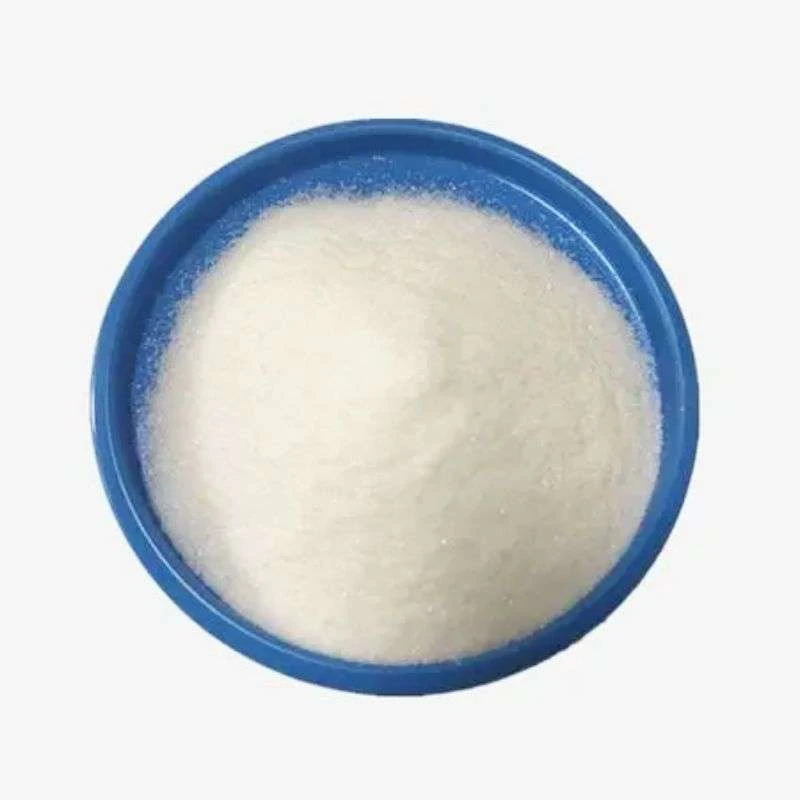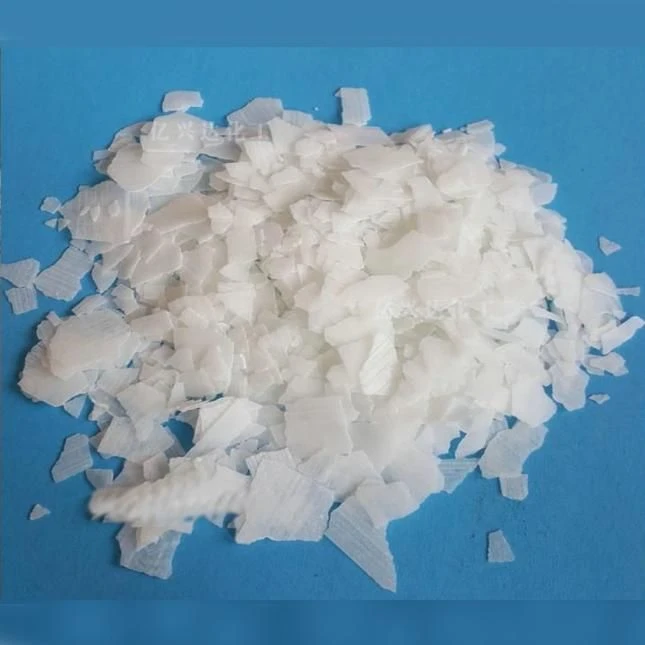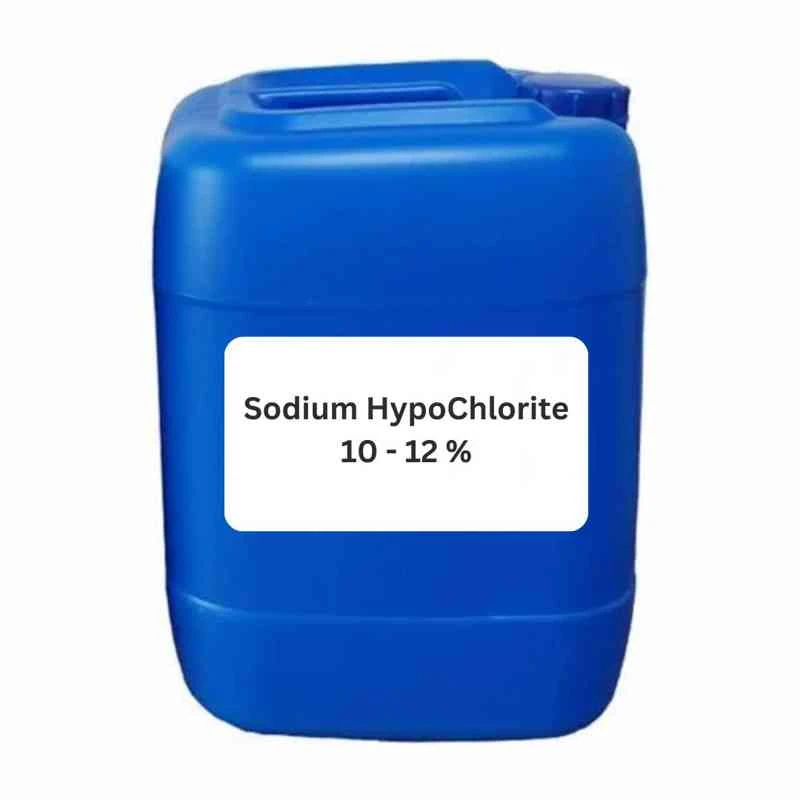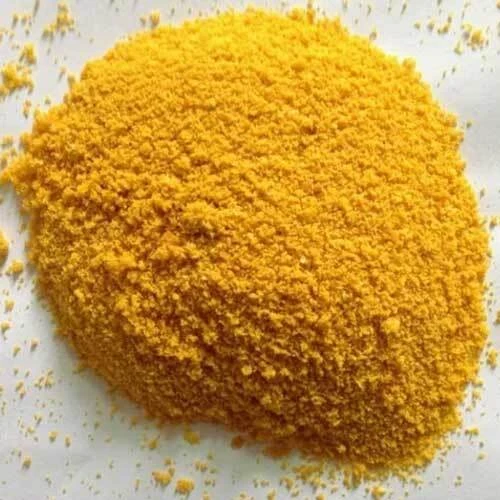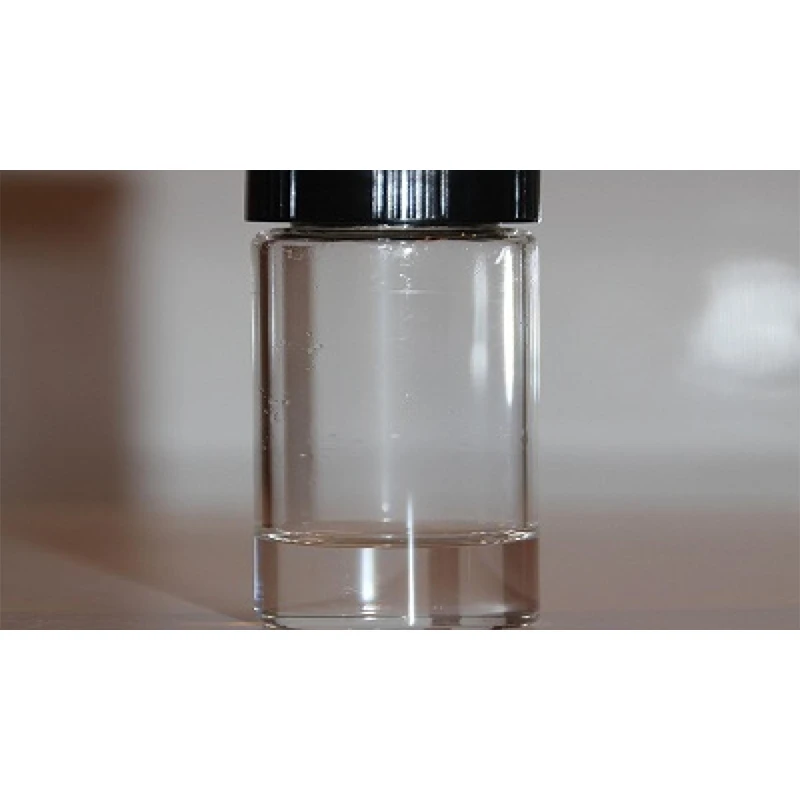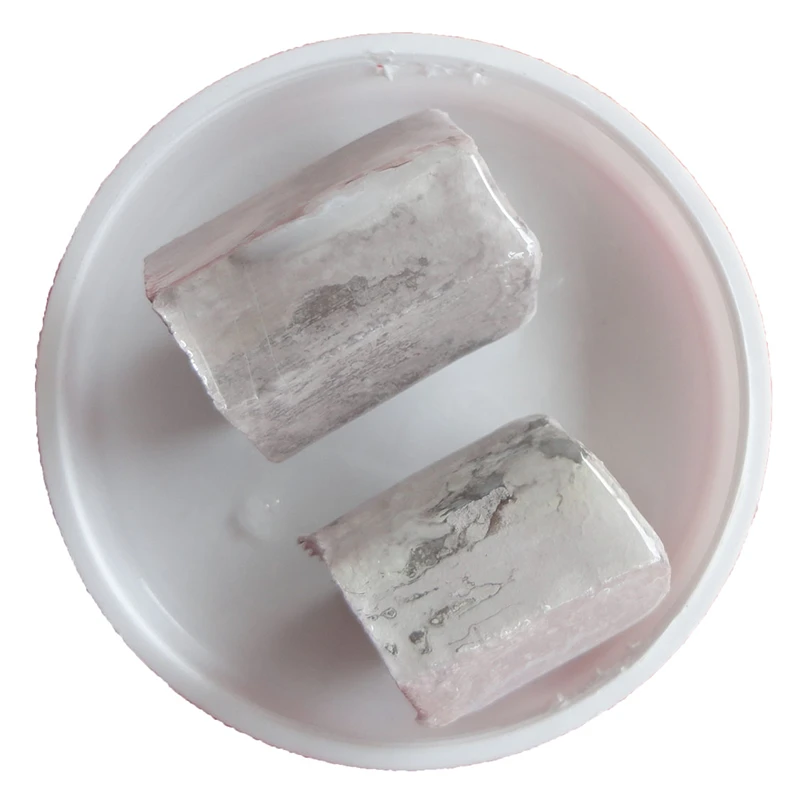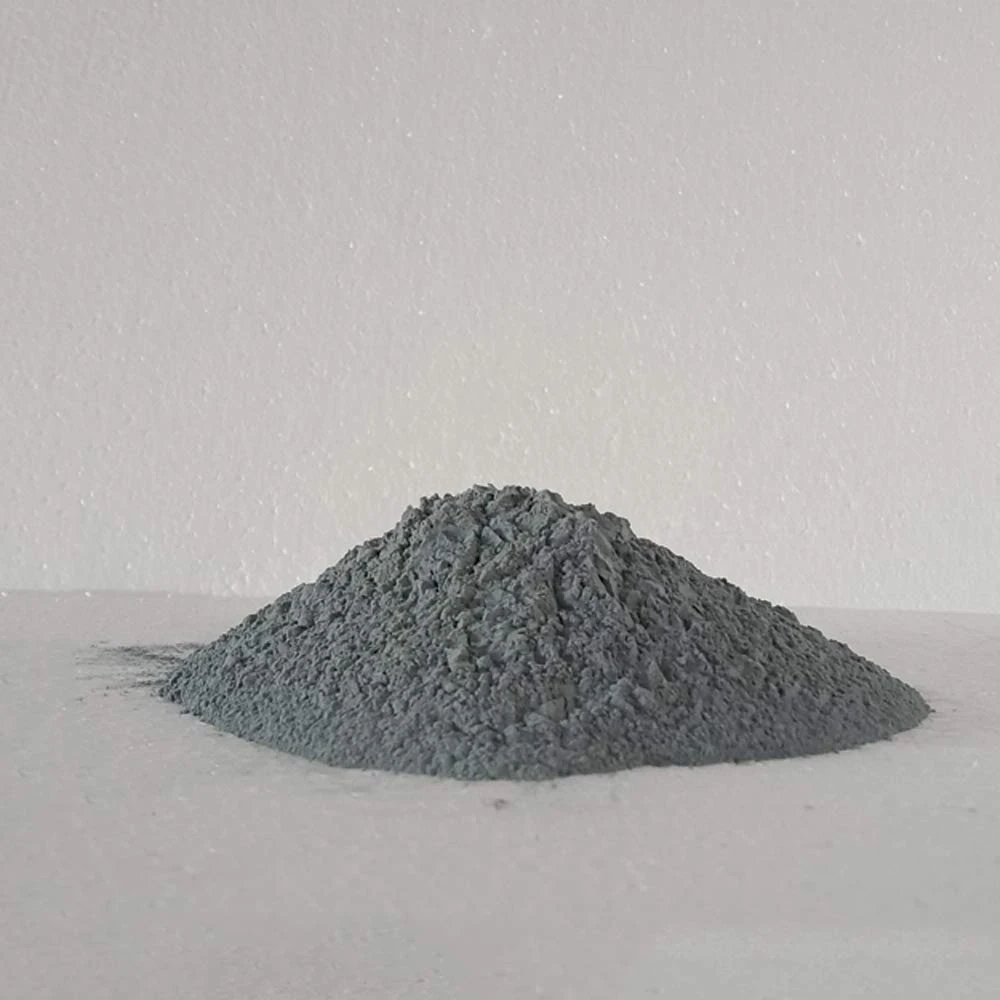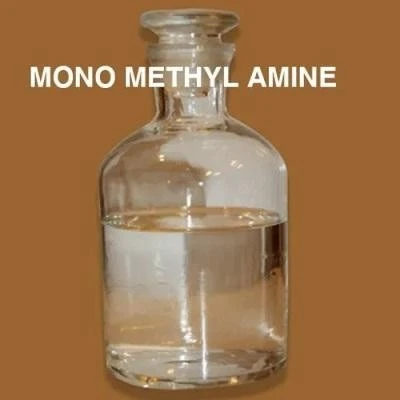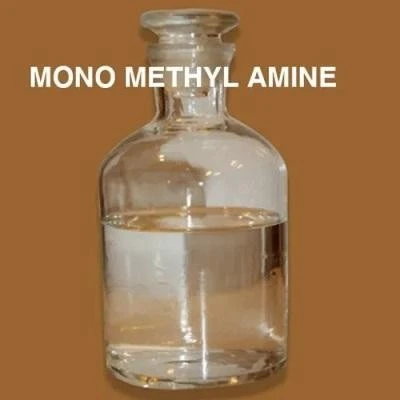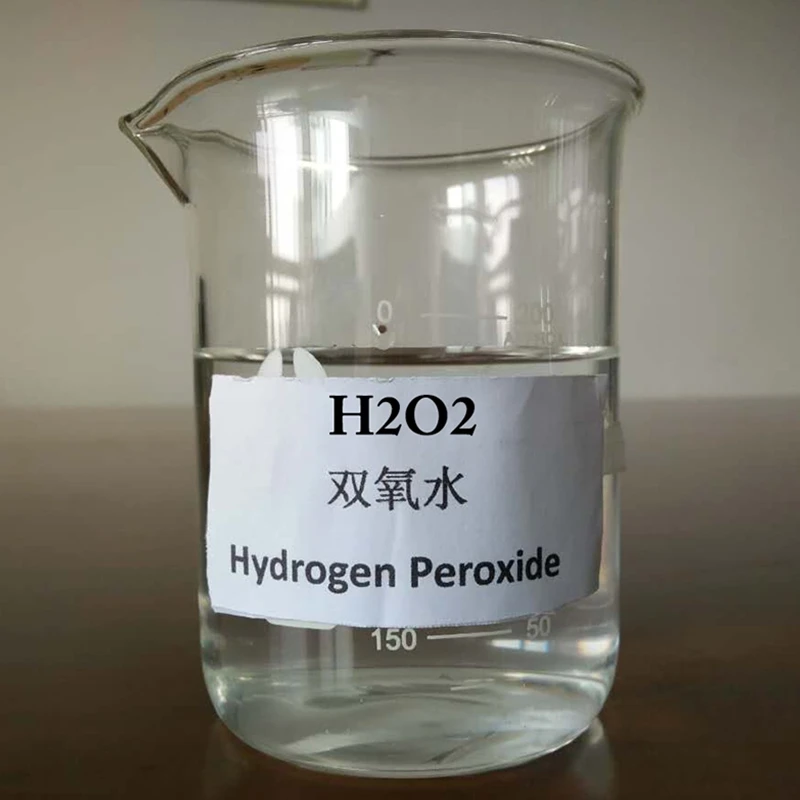
Potassium Hydroxide 30% Solution - High Purity & Industrial Grade Alkali Supplier
- Introduction to Potassium Hydroxide 30 and Its Chemistry
- Chemical Properties and Technical Advantages
- Market Overview with Manufacturer Comparison Data
- Specialized Solutions: Custom Formulations and Packaging
- Industrial and Laboratory Use Cases
- Environmental, Safety, and Regulatory Considerations
- Conclusion: The Future of Potassium Hydroxide 30

(potassium hydroxide 30)
Introduction: Potassium Hydroxide 30 and the Science of Alkali Solutions
Potassium hydroxide 30, commonly abbreviated as KOH 30%, is a key chemical in numerous industrial, laboratory, and commercial processes. Synthesized by the electrolysis of potassium chloride, this aqueous solution represents a powerful alkali with distinctive performance attributes. It is widely associated with related chemicals such as potassium hydroxide itself, sodium hydroxide, and the general family of potassium-based alkaline compounds. When potassium is reacted with water, potassium hydroxide is formed, demonstrating the readiness of alkali metals to yield hydroxides. Harnessing these properties efficiently requires an in-depth understanding of their molecular structure, ionic concentrations, and physicochemical behaviors. Modern production techniques allow manufacturers to offer potassium hydroxide with precise concentrations, such as the commonly used 30% solution, ensuring uniformity and consistency necessary for sensitive applications. Potassium hydroxide 30 is pivotal in fields ranging from biodiesel synthesis to food processing, highlighting its immense economic and technological importance.
Chemical Properties and Technical Advantages
Potassium hydroxide 30% is renowned for its high solubility in water and rapid dissociation into potassium and hydroxide ions. This property renders it an excellent choice for reactions where immediate and profound alkalinity is required. Its strong base characteristics underpin roles in saponification, electroplating, and alkaline batteries. Compared to sodium hydroxide, another industrial alkali, potassium hydroxide demonstrates a lower equivalent weight and often better mobility in aqueous systems. Its solution exhibits a pH exceeding 13, enhancing its ability to neutralize acids and initiate potent chemical transformations.
Unique technical advantages of potassium hydroxide 30
include:
- Superior conductivity for use in alkaline electrolyzers and fuel cells.
- Enhanced reactivity due to smaller hydrated ion radius.
- Low deliquescence point, improving its handling under varied atmospheric conditions.
Market Overview and Manufacturer Comparison
The potassium hydroxide market features several international and regional manufacturers, each offering distinct product attributes in terms of purity, concentration stability, and logistical capabilities. The table below compares leading suppliers based on technical parameters and market reach:
| Manufacturer | Purity (%) | Available Packaging | Annual Output (MT) | Region | Lead Time (days) |
|---|---|---|---|---|---|
| Olin Corporation | 98.5+ | Drums, IBC, Bulk | 260,000 | North America | 10–14 |
| Tessenderlo Group | 98+ | IBC, Tanker | 160,000 | Europe | 21 |
| UNID | 99 | Drums, Bulk | 100,000 | Asia-Pacific | 14 |
| Sachlo | 98.5 | IBC, Drums | 50,000 | Middle East | 18 |
| IBC Chemical Inc. | 98–99 | Custom Sizes | 33,000 | Global | 7–21 |
This comparison reveals critical differences: North American and European suppliers dominate on output and logistics, while Asia-Pacific companies excel at high-volume, cost-effective deliveries. Purity levels are typically above 98%, crucial for applications depending on minimal sodium inclusion when distinguishing between potassium hydroxide and sodium hydroxide-based reagents.
Specialized Solutions: Custom Formulations and Packaging
One of the defining trends in the potassium hydroxide 30 market is the rise of custom formulations and packaging options. Major users, including pharmaceutical, battery, and agricultural firms, increasingly demand KOH solutions tailored for application-specific requirements. This encompasses precise molar concentrations, trace metals limits, and additives that support downstream processing. For example, lithium-ion battery manufacturers often require potassium hydroxide free of carbonate impurities to prevent adverse catalytic interactions.
Packaging innovations provide increased safety, extended storage life, and logistical flexibility. Bulk deliveries via ISO tankers are common for industrial-scale purchasers, while IBC totes and smaller drums address the needs of laboratories and specialty producers. Some suppliers also offer just-in-time blending services, enabling customers to obtain potassium hydroxide 30 with minimal lead times and reduced inventory overhead.
Industrial and Laboratory Use Cases
The versatility of potassium hydroxide 30 is evident across diverse end-use segments:
- Biodiesel Synthesis: Acts as a key transesterification catalyst, with studies showing up to 97% conversion efficiency compared with 91% for sodium hydroxide under similar conditions.
- Alkaline Batteries: Preferred over sodium hydroxide for higher ion conductivity and lower risk of dendrite formation, prolonging battery life by up to 18% in commercial trials.
- Laboratory Reagent: Integral in buffer solutions for pH adjustment in biochemical assays; more stable at elevated temperatures due to lower byproduct formation.
- Soap and Detergent Manufacturing: Enables 'potash soap' production, producing softer and more soluble soaps favored in specialty and beauty markets.
- Pharmaceuticals: Editorials by the American Pharmacists Association highlight KOH 30 as compliant with USP and EP standards for select antacid and expectorant preparations.
Environmental, Safety, and Regulatory Considerations
Potassium hydroxide 30, like all strong alkaline solutions, requires rigorous protocols for handling, storage, and disposal. Acute exposure can result in serious chemical burns; as such, OSHA mandates protective gear and secure secondary containment in industrial settings. Environmental impact assessments reveal that potassium hydroxide, though highly caustic, degrades into potassium ions and water without persistent toxicity, provided effluent solutions are properly neutralized before discharge.
Compliance with international transport regulations, such as the UN 1814 code under IMDG and ICAO, is essential for global trade. Most jurisdictions align with REACH (EU) and TSCA (USA) requirements, focusing on traceability and reporting for bulk transfers. Innovations in closed-loop delivery and on-site neutralization improve overall sustainability, reducing both emissions and occupational hazards.
Conclusion: Potassium Hydroxide 30 - Driving Future Innovation Across Industries
As the industrial landscape evolves, potassium hydroxide 30 stands at the forefront of enabling next-generation chemical processes. Its unique blend of potency, purity, and adaptability ensures a growing role in sectors demanding technologically advanced solutions over traditional alternatives such as sodium hydroxide.
The future will witness even broader adoption—especially as battery technology, renewable fuels, and precision agriculture expand. Producers are investing in new production lines with up to 15% higher energy efficiency and automation platforms that guarantee unparalleled quality control. Customers already leveraging custom potassium hydroxide formulations report up to 22% reductions in total process costs and improved product performance.
With a strong regulatory framework and technological advancements, potassium hydroxide 30 is poised to deepen its market penetration and remain a cornerstone for chemical innovation around the world.

(potassium hydroxide 30)
FAQS on potassium hydroxide 30
Q: What is potassium hydroxide 30 used for?
A: Potassium hydroxide 30 refers to a 30% solution of KOH in water. It is commonly used in chemical manufacturing, soap making, and cleaning solutions. Always handle with care due to its caustic nature.Q: How is potassium hydroxide different from sodium hydroxide?
A: Potassium hydroxide and sodium hydroxide are both strong bases but the former contains potassium ions, while the latter contains sodium ions. Their chemical properties are similar, but KOH is more soluble in water. They may be selected based on solubility and specific industrial needs.Q: Can potassium water contain potassium hydroxide?
A: Potassium water often refers to water containing dissolved potassium salts, and sometimes may contain small amounts of potassium hydroxide. However, KOH is highly caustic and should not be consumed directly. Always consult the label or manufacturer for specific contents.Q: Is potassium hydroxide 30 safe to handle at home?
A: Potassium hydroxide 30% is highly corrosive and can cause severe burns. It should only be handled with appropriate protective equipment like gloves and goggles. Always follow safety instructions and keep out of reach of children.Q: Can potassium hydroxide be mixed with sodium hydroxide?
A: Yes, potassium hydroxide can be mixed with sodium hydroxide as both are alkalis. Such mixtures are sometimes used in industrial and laboratory applications. However, proper handling and safety precautions are necessary due to their corrosivity.-
Uncover the Benefits of Sodium ChlorateNewsJun.24,2025
-
Sodium for Sale: Your Essential ResourceNewsJun.24,2025
-
Raw Materials in Chemical IndustryNewsJun.24,2025
-
Potassium Hydroxide: Versatile Solutions for Your NeedsNewsJun.24,2025
-
Organic Pesticides and Chemical Raw Materials: Building a Sustainable FutureNewsJun.24,2025
-
Discover Premium Chlorine Tablets TodayNewsJun.24,2025
-
Zinc for Sale: Your Essential ResourceNewsJun.04,2025


